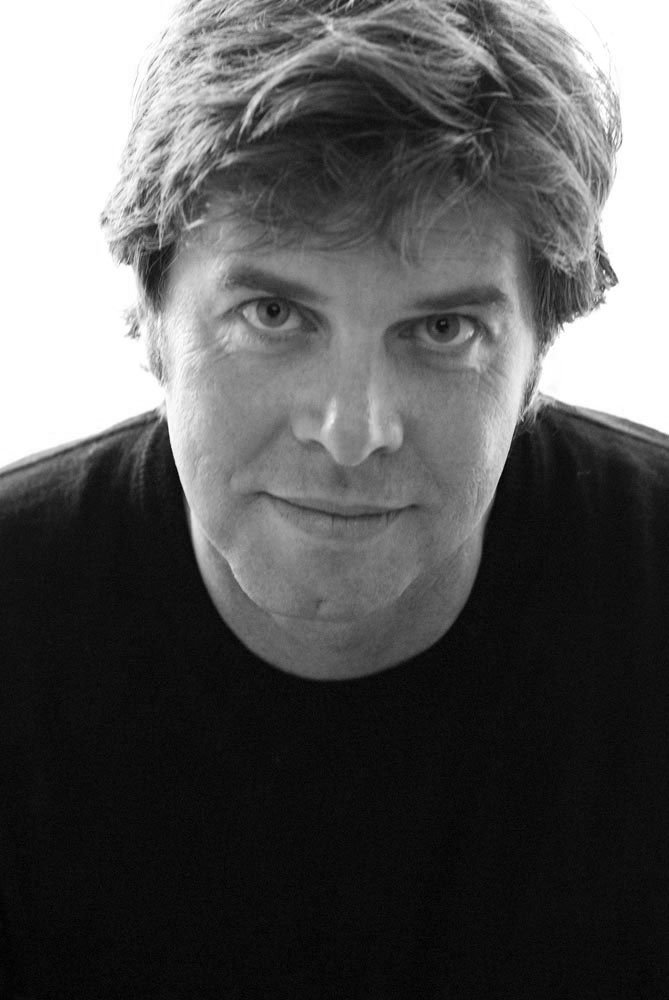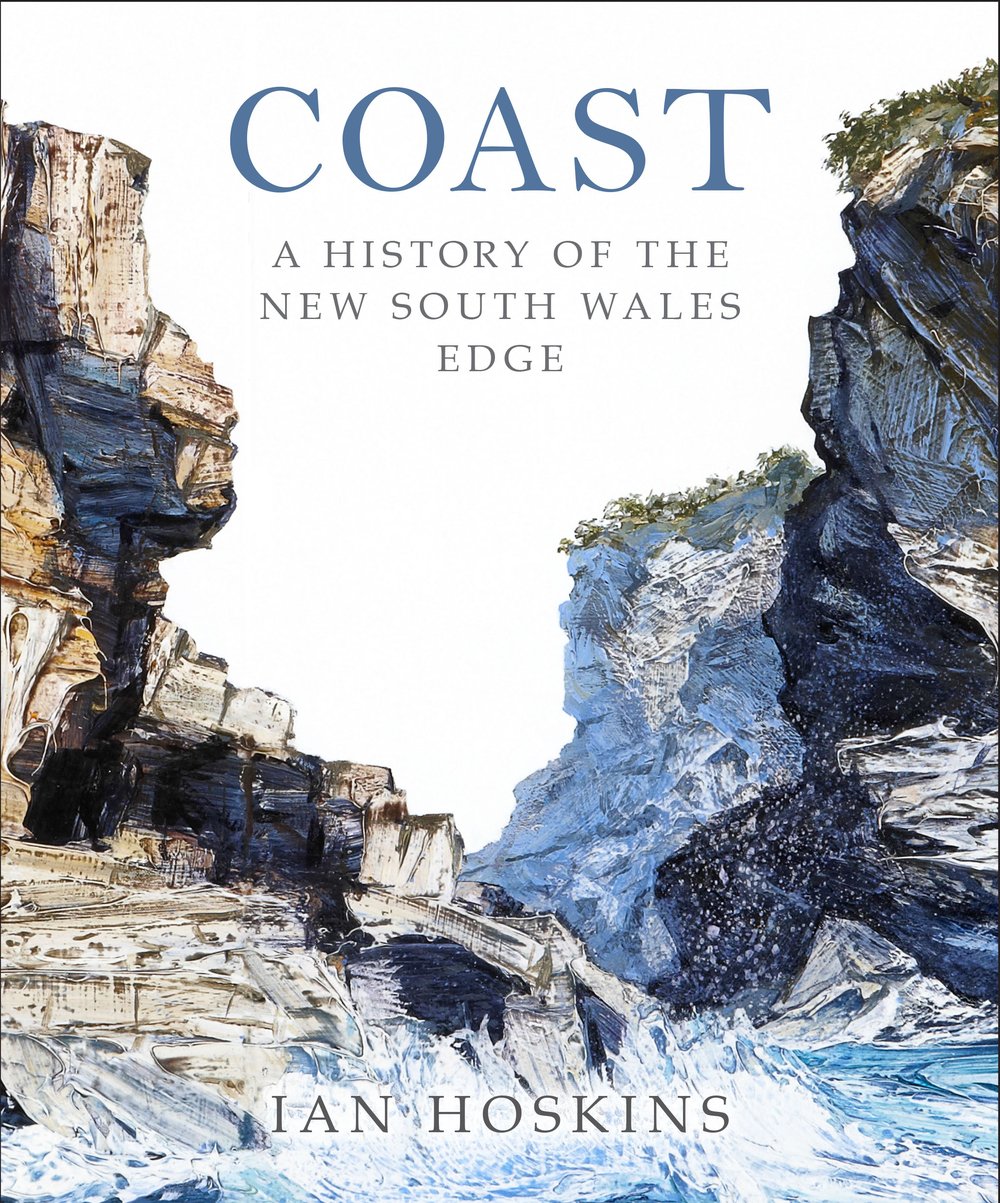The rapid rise of the Australian pastime of surf bathing, which began on Sydney’s beaches and spread north and south, was revolutionary. The beaches were free in the way that baths were not and much was made of their democratic origins. They became places where social codes of decorum and dress were relaxed and, as such, beaches drew upon centuries of ‘carnivalesque’ tradition in Europe whereby convention was overturned and classes mingled. The willingness to reveal flesh and shapeliness after so many decades of overdressing was remarkable. From the 1920s the statuesque surf bather and the selfless lifesaver, together on the democratic beach, came to typify ideal elements of the national ‘type’ – vying with the rugged bushman of old. The surf bather embodied the perfect mix of informality and responsibility – just as the heroic and laconic Anzacs had done.
But for all the social levelling that accompanied the common state of undress, the beach scene soon adopted other hierarchies; perfect bodies, deep tans, elegant kimonos and bathrobes, prowess in the waves. In Sydney the middle and upper classes who lived in the fashionable harbour and seaside suburbs made the nearby beaches their own and the casual ritual of the morning swim at Bondi or carefree holidays on the sand were featured in that most fashionable of the city’s magazines, The Home. French beachside fashion for women, advertised as summer drew near, betrayed the exclusivity of the smart set, but photographs of bankers and businessmen at ease in their bathers reinforced the sense of equality embodied by the beach.
Writer Jean Curlewis grew up in a wealthy Sydney family in harbourside Mosman. Her father was a judge, her mother was the novelist Ethel Turner and her brother, Adrian, became a founding member of the Palm Beach Surf Life Saving Club and a two-time president of the Surf Life Saving Association of Australia. In 1928 Curlewis used The Home to air her own views on the relationship of the beach to the Australian ‘national type’ in an article tellingly titled ‘The Race on the Sands’. She enthused about the democracy that the beach engendered in the city: ‘butcher boys dash on their rounds with towels around their necks … Businessmen come home from the office and go for a dip before dinner as inevitably as men in other cities wash their hands’. Women, too, were part of the new ‘race’: ‘In the kitchenettes, saucepans cool unattended on the gas rings. For in a surfing city recipes always read “Simmer forty minutes while you have your surf ”’. Sydney was a modern Athens by the sea. The beach shaped bodies as much as attitude. Those depicted in the article by the city’s most sought-after photographer, Harold Cazneaux, were ‘sculpted’ by the surf and bronzed by the sun. As a result, claimed Curlewis, ‘the Australian surfer … looks like a young Greek God’.
This is an edited excerpt from Coast: A History of the New South Wales Edge, by Ian Hoskins, available now from NewSouth.

